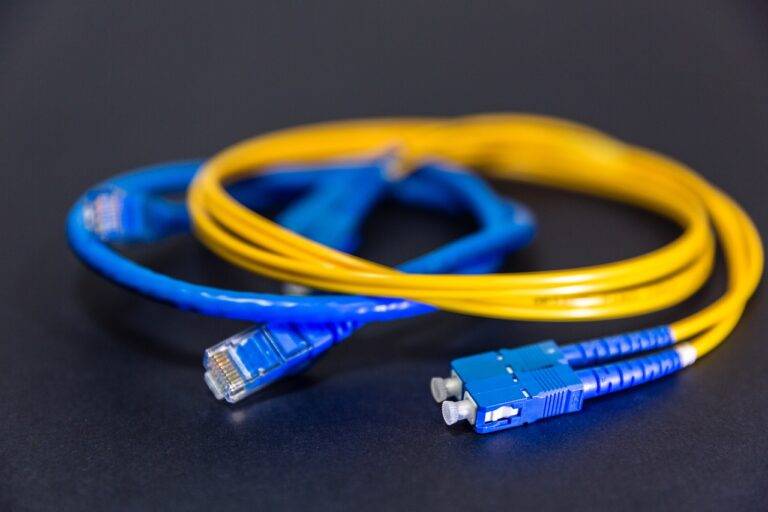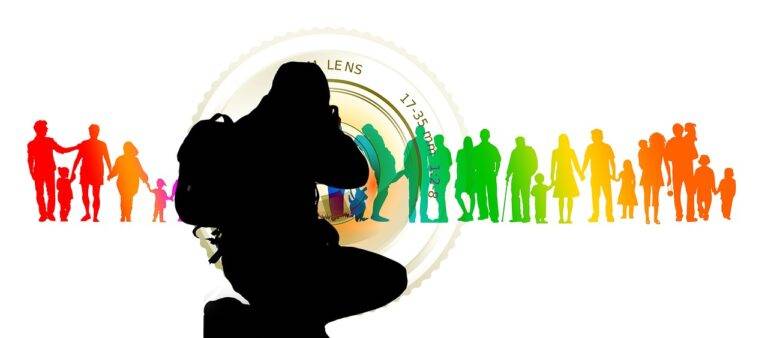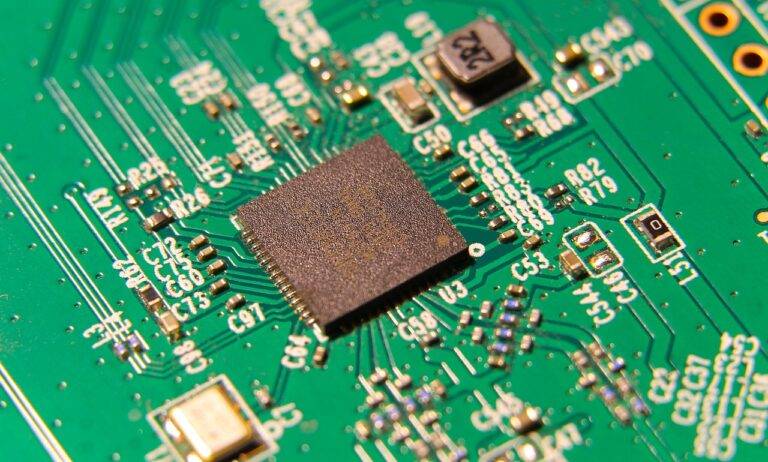The Impact of 5G on Disaster Response Coordination
5G technology, the fifth generation of cellular network technology, represents a significant advancement in the realm of telecommunications. With its enhanced capabilities, 5G promises faster data speeds, increased network capacity, and lower latency compared to its predecessor, 4G LTE. By utilizing higher frequency bands and advanced antenna technologies, 5G networks aim to revolutionize connectivity by offering seamless, high-speed internet access to users around the globe.
One key feature of 5G technology is its ability to support a vast number of connected devices concurrently, paving the way for the Internet of Things (IoT) to flourish. Through its efficient use of spectrum and sophisticated beamforming techniques, 5G networks can deliver more data at higher speeds, enabling futuristic applications such as autonomous vehicles, smart cities, and augmented reality experiences. As the foundation for the digital transformation of various industries, understanding the intricacies of 5G technology is crucial in unlocking its full potential for driving innovation and connectivity.
Heading 2: Importance of Communication in Disaster Response
Effective communication plays a crucial role in disaster response efforts. When a natural disaster strikes or a crisis emerges, the ability to quickly and efficiently relay information is paramount. First responders rely on clear communication channels to coordinate rescue missions, assess the situation, and provide aid to those in need. Without reliable communication, response teams may struggle to mobilize effectively, resulting in delays that could have serious consequences.
Additionally, communication during disasters helps in disseminating important updates and instructions to the affected population. Clear and timely information can help people make informed decisions about their safety and well-being. Whether it’s issuing evacuation orders, sharing emergency contact numbers, or providing updates on the evolving situation, effective communication can help mitigate the impact of a disaster and save lives. In times of crisis, having robust communication systems in place can make a significant difference in the overall response and recovery efforts.
Heading 3: Speed and Connectivity Benefits of 5G
With the introduction of 5G technology, the speed and connectivity benefits have become increasingly apparent in various industries. The faster speeds provided by 5G networks allow for quicker download and upload times, enabling users to stream high-quality videos and access large files with ease. Additionally, the low latency of 5G enhances real-time communication, making activities such as video calls and online gaming more seamless and enjoyable.
Furthermore, the improved connectivity of 5G networks enhances the potential for emerging technologies such as autonomous vehicles and IoT devices. These devices rely on consistent and reliable connections to function effectively, making 5G a key enabler for their widespread adoption. The increased capacity of 5G networks also supports the growing number of connected devices, ensuring smooth interactions between different gadgets and services in an increasingly digital world.





